Visa leverage to attract international visitors
According to Ms. Tran Nguyen, visa is the first door, a competitive advantage for other destinations. But nearly a year after reopening tourism , there are still no tourists, especially foreign tourists. Typically, the Sun World entertainment complex has been very empty since last year, even on occasions that are considered peak times such as the recent Lunar New Year.
For example, the number of visitors to Sun World Ba Na Hills during the Lunar New Year 2023 only reached about 55% compared to the Lunar New Year 2019. Or in Phu Quoc in the fourth and first quarters - the inbound season (foreign visitor season) also decreased by nearly 50%. In Ha Long ( Quang Ninh province), there were weeks of closure because there were not enough tourists. The decline in the number of visitors was largely due to the lack of international visitors.
While Vietnam is slow, other destinations have many attractive incentive policies to attract visitors. For example, Taiwan offers 165 USD to 500,000 individual tourists, Hong Kong offers 500,000 air tickets to international visitors, South Korea with a series of events "Korean Culture without Stop" and Hallyu concerts in 50 major cities around the world . The Philippines plans to refund value-added tax for foreign tourists...
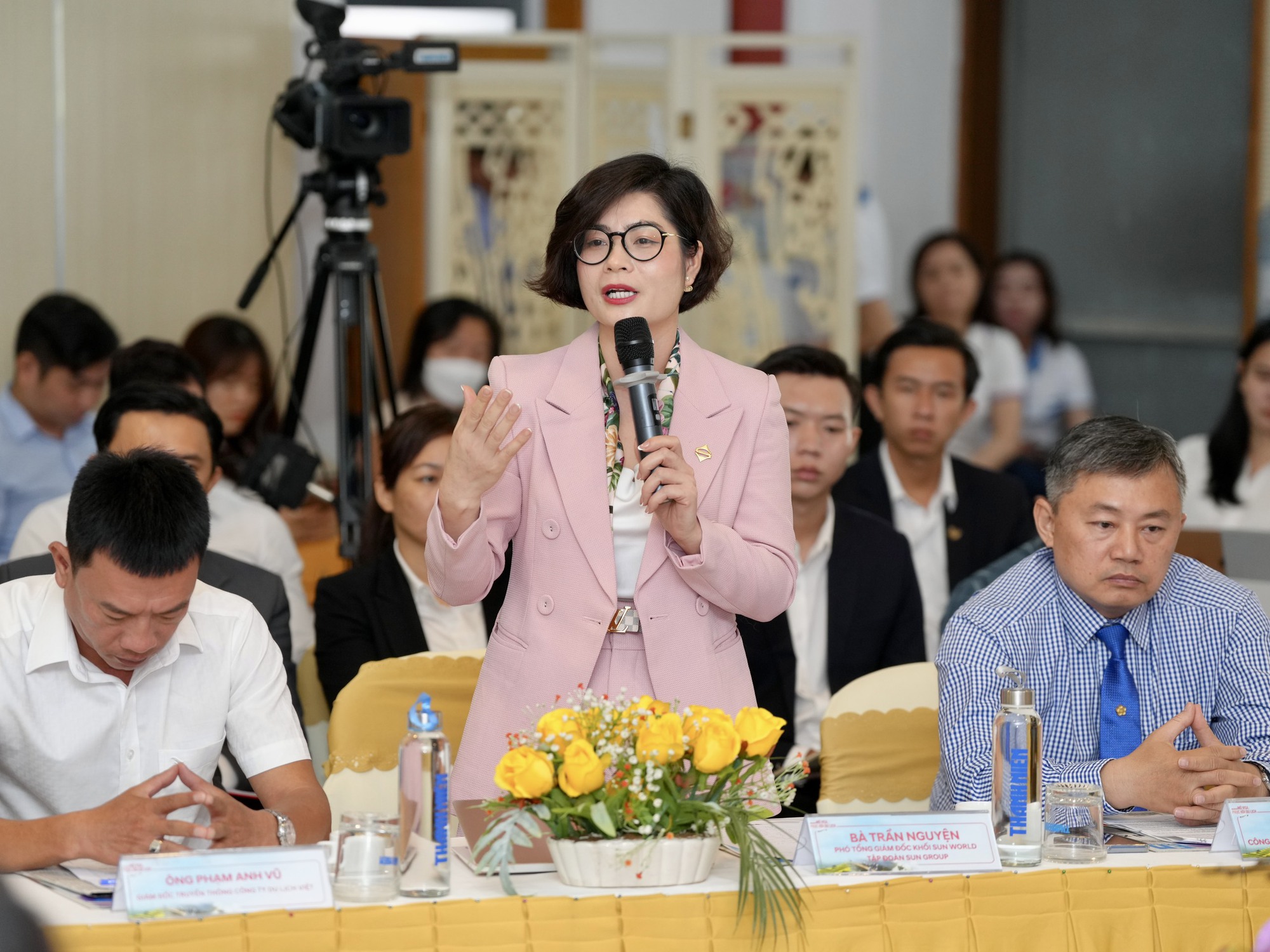
Opening visas and improving the quality of tourism products are vital factors for tourism to take off.
Returning to the tourism race after the Covid-19 pandemic, to create a competitive advantage as a destination, a series of destinations have proactively leveraged visa policies. Thailand extended the length of stay from 30 to 45 days, from 15 to 30 days. Taiwan re-applied the Quan Hong eVisa policy aimed at tourists traveling on tours and in groups through travel agencies with simple and quick procedures. South Korea resumed the type of visa that allows visitors to enter and exit multiple times, with a stay of 30 days, and unlimited number of entries and exits within 5 years...
"Countries have changed very quickly. We have talked a lot in forums and seminars about bottlenecks and proposed solutions, but we have not seen any change yet," said Ms. Tran Nguyen, adding that businesses operating in the tourism and service sectors are currently facing numerous difficulties. A series of hotels and restaurants are for sale and transfer, tourist boats are lying still, many tourist areas are deserted... This is a common situation in many destinations that were always crowded with visitors before the pandemic such as: Hanoi, Quang Ninh, Da Nang, Nha Trang, Ho Chi Minh City, Ba Ria - Vung Tau...
Severe shortage of international visitors
Not outside the general situation, Sun Group's resort hotel system is also under great pressure to maintain operations in the context of a lack of international visitors. Belonging to the high-end segment, international visitors, especially luxury guests, account for a very high proportion of the total number of guests staying at Sun World. High-end resorts such as: InterContinnental Danang Sun Peninsula Resort, JW Marriott Phu Quoc Emerald Bay... before the pandemic were favorite resorts of many billionaires, stars, and international elites.
However, after opening, the number of visitors has decreased significantly. If in 2019, the room occupancy rate of these two resorts was over 80%, now it is only 30 - 40%. Especially, revenue has decreased in the spending system. Visa is the door, but service is the place to keep tourists and "pickpocket" tourists. Attracting international visitors beyond visas is tourism services and products. Tourists not only spend, they also help promote Vietnamese tourism.
According to Ms. Tran Nguyen, there are many reasons why Vietnam has not been able to attract international visitors, both objective and subjective. The biggest obstacle at present is visa policy. Vietnam has only exempted visas for 24 countries unilaterally and bilaterally. E-visas are issued to 80 countries but the number of border gates allowing foreigners to enter is limited. The normal length of stay is about 15 days and a single entry. Meanwhile, Malaysia exempts visas for 162 countries, Singapore for 162 countries, the Philippines for 157 countries, Japan for 68 countries, South Korea for 66 countries, Thailand for 64 countries... Most of the above countries issue and allow entry by e-visa with a long stay of up to 6 months and multiple entries.
With an open and flexible visa policy and many international tourist attraction campaigns of countries, the competition to capture the international tourist market share is increasingly fierce. Thus, Vietnam's visa policy is at a disadvantage, in terms of the number of visa-free countries, electronic visa issuance, visa exemption period as well as visa forms. If we do not adjust promptly, appropriately and flexibly, we may continue to fall behind.
According to the World Tourism Organization and the World Travel and Tourism Council, visa facilitation has the potential to increase international arrivals by 5 to 25 percent annually.
Propose 4 solutions
First, in the short term, it is necessary to expand the scope of countries that are unilaterally exempted from visas, specifically expanding visa exemptions to all countries on the list of countries that are granted e-visas to Vietnam to be able to welcome international visitors this summer.
In the long term, it is proposed to amend and supplement the Law on Entry, Exit, Transit and Residence of Foreigners in Vietnam. This includes increasing the visa duration to 90 - 180 days, temporary stay to 30 - 45 days and allowing multiple entries. Consider also exempting visa fees for some countries with long-term stay needs such as Australia, New Zealand, etc.
Researching processes and applying technology to reform the visa issuance process to help speed up time, simplify procedures, and diversify visa issuance forms to provide maximum support for international visitors.
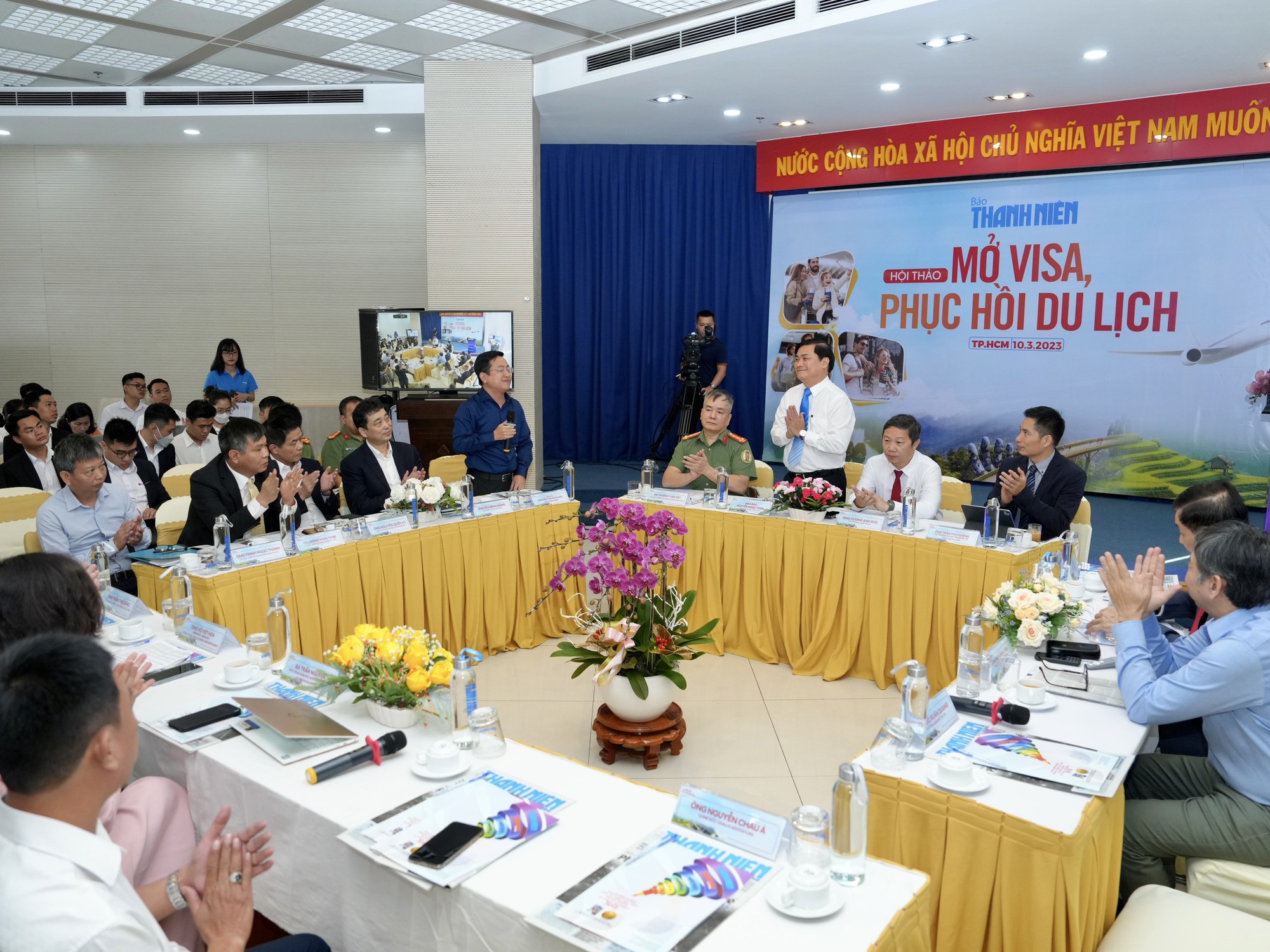
If the above barriers are removed, the tourism industry will flourish.
In addition, it is necessary to create the most favorable conditions for immigration procedures for international visitors to Vietnam by all means: air, sea, road through border gates. Vietnam is not only interested in passengers traveling by air, but also needs to focus on speeding up the process of handling immigration procedures and means of transport, creating maximum convenience for visitors from neighboring markets passing through border gates.
"We have talked about all the above proposals many times but there have been no positive changes. We believe that the Government has also taken note and is determined to direct. Those are the most encouraging things for the industry. Now the question is how to implement these directives quickly, accurately and effectively. There needs to be public-private cooperation to do better, especially the digital transformation process applying information technology to the issuance of electronic visas... The policy of expanding the visa exemption list will further attract international tourists to Vietnam, increase foreign currency revenue, ensure meeting foreign exchange reserve needs and a positive foreign currency balance. With the characteristic that international visitors spend much more than domestic visitors, attracting international tourists to Vietnam will not only help quickly recover tourism, but also stimulate demand in related sectors such as aviation, transportation, trade and services, labor and employment... contributing to the stable development of the country's socio-economy in the current very difficult context", Mrs. Tran Nguyen said.
Source link




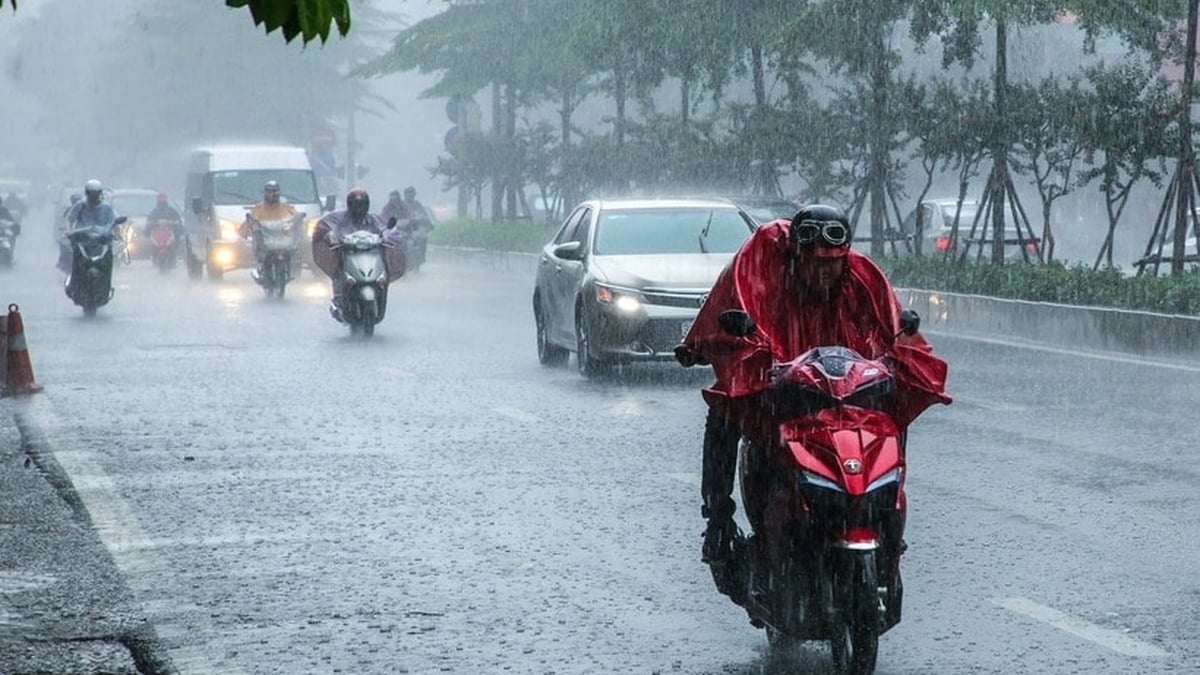
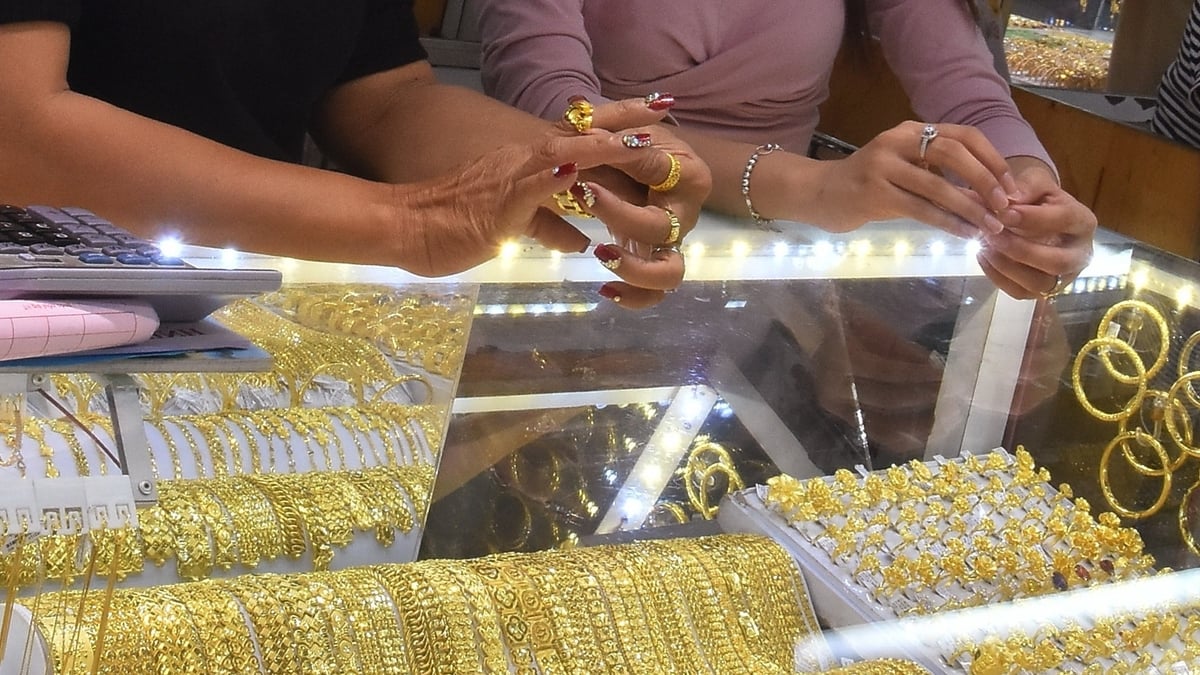

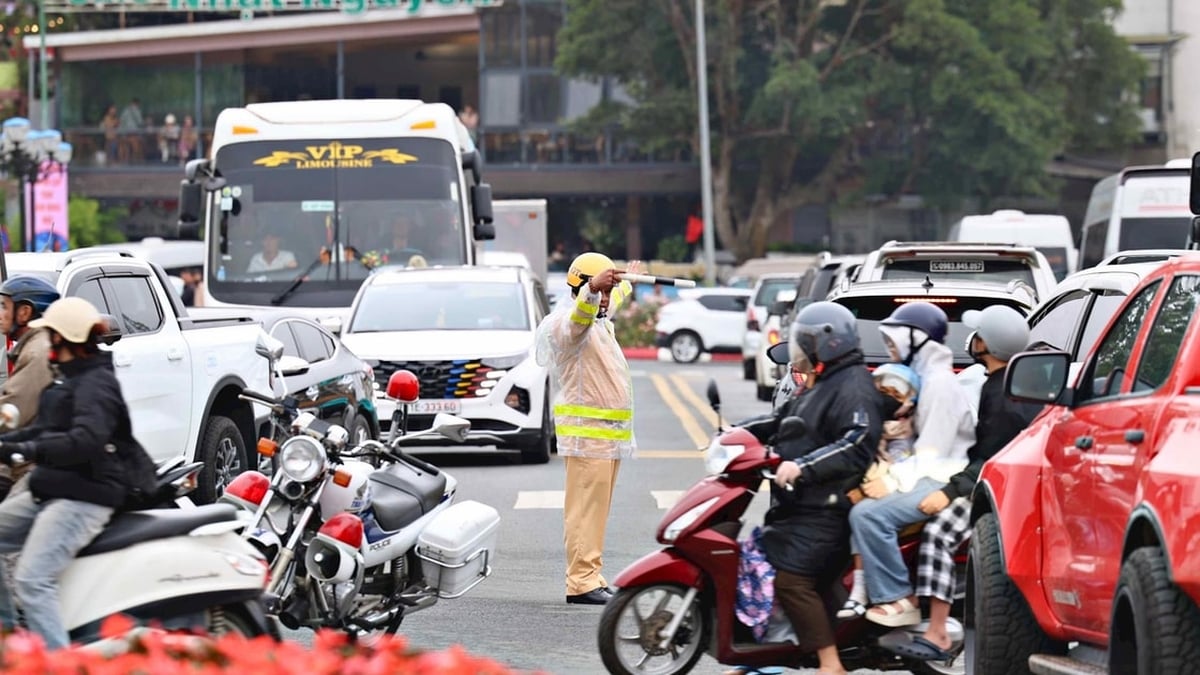


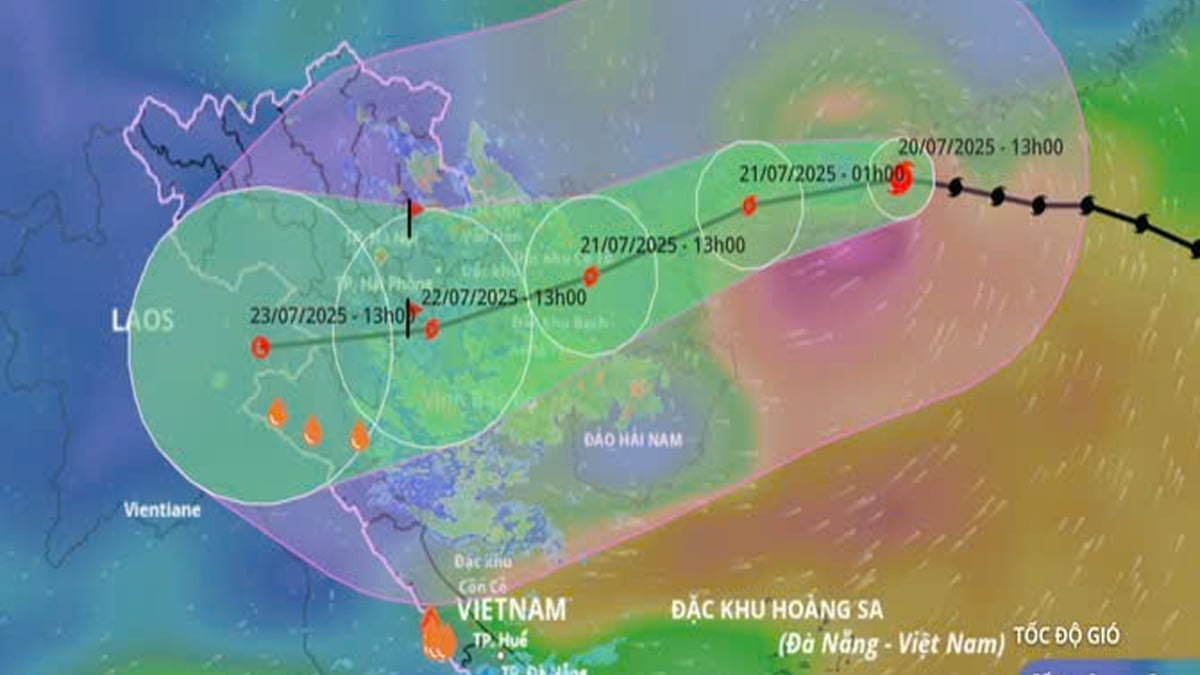
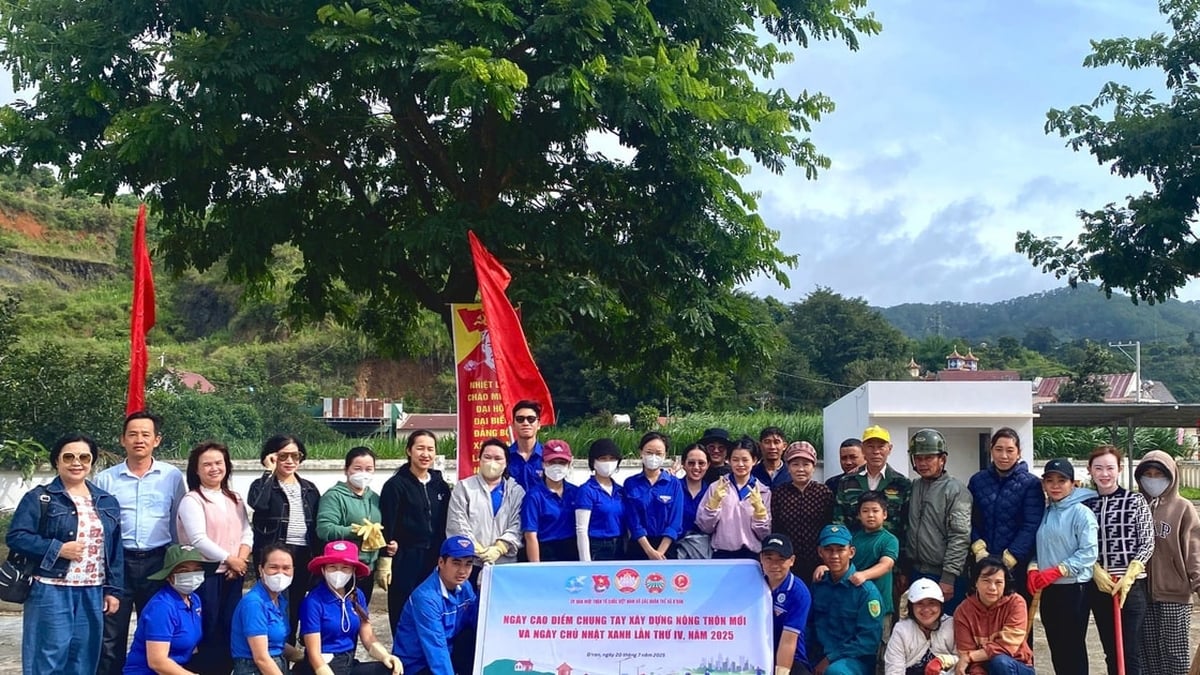















![[Photo] National Assembly Chairman Tran Thanh Man visits Vietnamese Heroic Mother Ta Thi Tran](https://vphoto.vietnam.vn/thumb/1200x675/vietnam/resource/IMAGE/2025/7/20/765c0bd057dd44ad83ab89fe0255b783)





































































Comment (0)